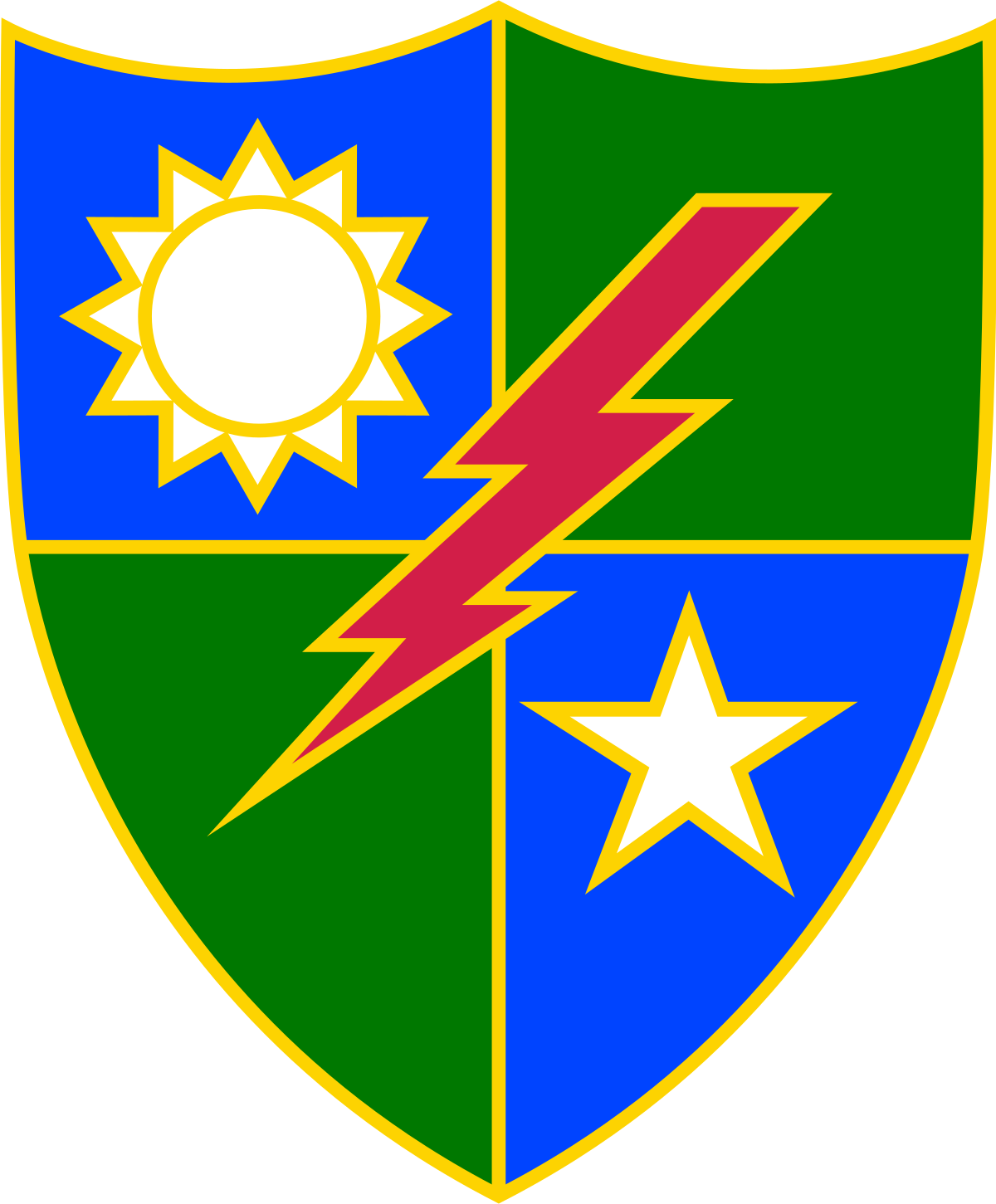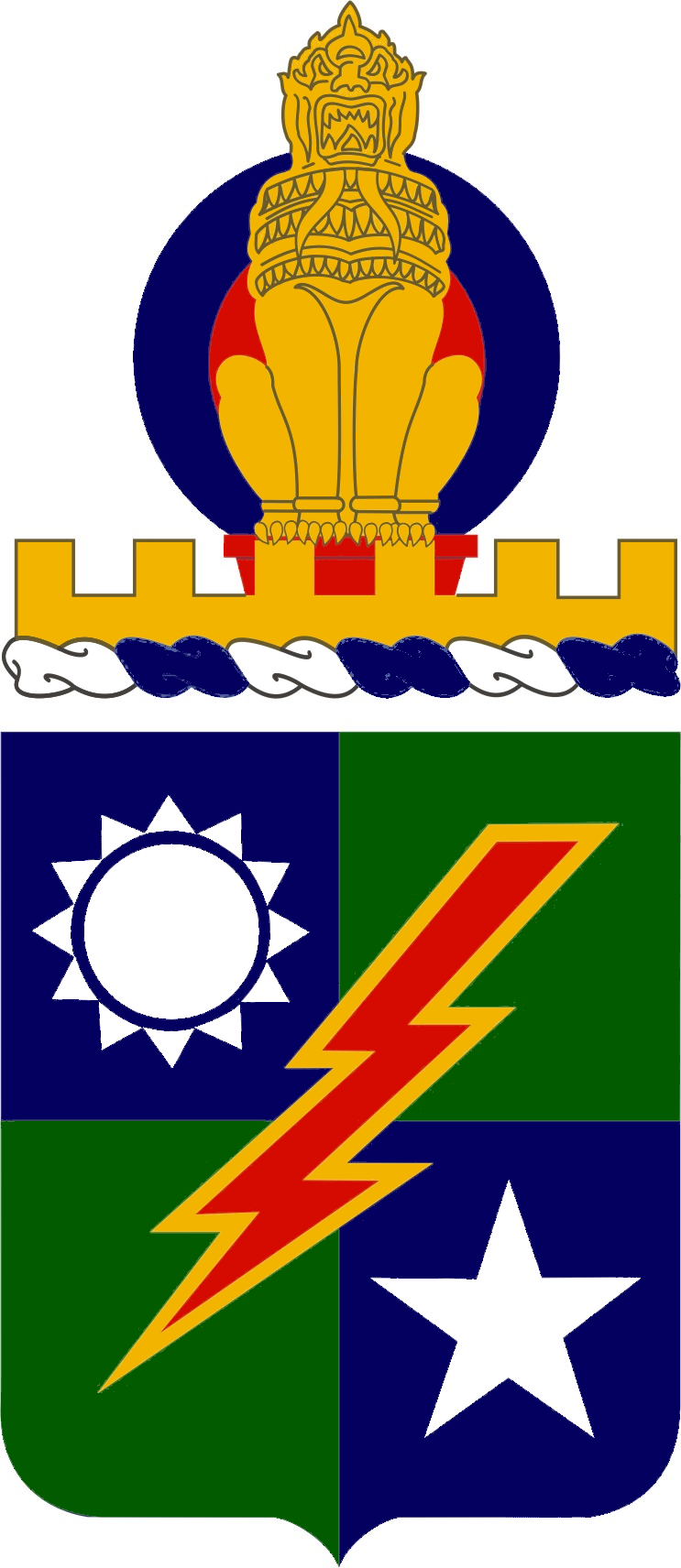
RANGER HISTORY
The modern Ranger Battalions were first called upon in 1980 as elements of 1st Battalion, 75th Infantry
(Ranger) to participate in the Iranian hostage rescue attempts.
In Oct. 1983, 1st and 2nd (-) Ranger Battalions spearheaded Operation Urgent Fury by conducting a daring low-level parachute assault to seize Point Salines Airfield and rescue American citizens at True Blue Medical Campus.
The entire 75th Ranger Regiment participated in Operation Just Cause. Rangers spearheaded the action by conducting two important operations. Simultaneous parachute assaults were conducted onto Torrijos/Tocumen International Airport, Rio Hato Airfield and General Manuel Noriega’s beach house, to neutralize Panamanian Defense Forces. The Rangers captured 1,014 Enemy Prisoners of War (EPW), and over 18,000 arms of various types.
Elements of Company B, and 1st Platoon Company A, 1st Battalion, 75th Ranger Regiment deployed to Saudi Arabia from February 12, 1991 to April 15, 1991, in support of Operation Desert Storm.
In August 1993, elements of 3rd Battalion, and 75th Ranger Regiment, deployed to Somalia to assist United Nations forces in bringing order to a desperately chaotic and starving nation. On October 3, 1993, the Rangers conducted a daring daylight raid with 1st SFOD. For nearly 18 hours, the Rangers delivered devastating firepower, killing an estimated 600 Somalis in what many have called the fiercest ground combat since Vietnam.
On 24 November 2000 the 75th Ranger Regiment deployed Regimental Reconnaissance Detachment (RRD) Team 2 and a command and control element to Kosovo in support of TF Falcon.
After the events of September 11, 2001, Rangers were called upon to lead the way in the Global War on Terrorism. On 19 October 2001, 3rd Battalion and 75th Ranger Regiment spearheaded ground forces by conducting an airborne assault to seize Objective Rhino in Afganistan in support of Operation Enduring Freedom. On 28 March 2003, 3rd Battalion employed the first airborne assault in Iraq to seize Objective Serpent in support of Operation Iraqi Freedom.
Due to the changing nature of warfare and the need for an agile and sustainable Ranger Force, The Regimental Special Troops Battalion (RSTB) was activated 17 July 2006. The RSTB conducts sustainment, intelligence, reconnaissance and maintenance missions which were previously accomplished by small detachments assigned to the Regimental headquarters and then attached within each of the three Ranger battalions. The activation of the RSTB signifies a major waypoint in the transformation of the Ranger Force from a unit designed for short term “contingency missions” to continuous combat operations without loss in lethality or flexibility.
Today, Rangers from all four of its current Battalions continue to lead the way in the Global War on Terrorism. The 75th Ranger Regiment is conducting sustained combat operations in multiple countries deploying from multiple locations in the United States, a task that is unprecedented for the Regiment. Rangers continue conducting combat operations with almost every deployed special operations, conventional and coalition force in support of both Operation Enduring Freedom and Operation Iraqi Freedom. The Ranger Regiment is executing a wide range of diverse operations that include airborne and air assaults into Afghanistan and Iraq, mounted infiltrations behind enemy lines, complex urban raids and rescue operations.
In addition to conducting missions in support of overseas contingency operations, the 75th Ranger Regiment continues to train in the United States and overseas to prepare for future no-notice worldwide combat deployments. The regiment also continues to recruit, assess and train the next generation of Rangers and Ranger leadership.
75th RANGER REGIMENT INSIGNIA


